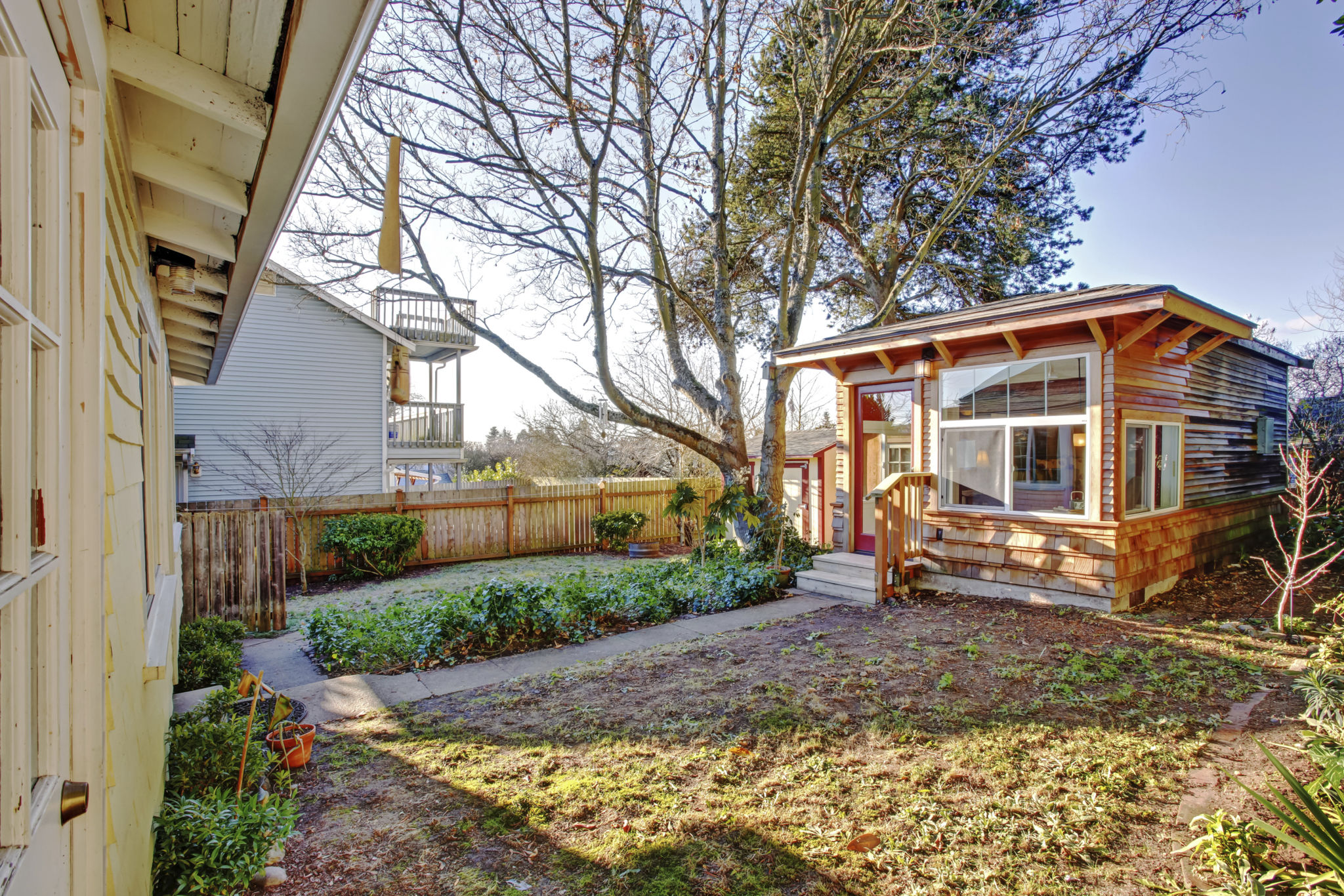Comparing ADUs vs. Traditional Home Extensions: Which Is Right for You?
Understanding ADUs and Traditional Home Extensions
As homeowners seek to maximize their living spaces, two popular options often come into consideration: Accessory Dwelling Units (ADUs) and traditional home extensions. Both have their unique benefits and drawbacks, making the decision largely dependent on individual circumstances and goals.

ADUs, also known as granny flats or in-law suites, are secondary housing units on a single-family residential lot. They can be attached or detached from the main home and typically include amenities like a kitchen and bathroom. Traditional home extensions, on the other hand, involve adding more space to the existing structure, integrating seamlessly with its original design.
Cost Considerations
The financial implications of adding an ADU versus a home extension can be significant. Generally, ADUs might be more cost-effective as they are often smaller in scale and can be built using modular construction techniques. However, they still require substantial investment in utilities and separate living amenities.
Traditional home extensions can be more expensive due to the need to match existing architectural styles and potential structural modifications. These costs can add up if your home requires extensive renovations to accommodate the extension.

Space and Functionality
When it comes to expanding living space, both options offer distinct advantages. ADUs provide an entirely separate living area which can be ideal for accommodating extended family or renting out for additional income. This separation can offer privacy and independence.
Traditional home extensions, however, are perfect for families looking to increase living space without creating a separate dwelling. They allow for expansion of existing rooms or the addition of new ones, seamlessly integrating new space with the old.
Zoning and Regulations
Local zoning laws and regulations can significantly impact your choice between an ADU and a traditional home extension. ADUs often face specific zoning restrictions that vary widely by location, including limitations on size and occupancy. It's crucial to research local ordinances before proceeding.
Traditional extensions might also require permits and adherence to building codes, but these regulations tend to be more straightforward compared to those governing ADUs.

Impact on Property Value
Both ADUs and traditional home extensions can potentially increase property value, but in different ways. An ADU can be appealing to buyers looking for rental income opportunities or multi-generational living arrangements. This added flexibility can boost marketability.
On the other hand, a traditional extension that enhances the overall functionality of the home can attract buyers looking for more living space without the need for separate units. The increased square footage typically adds to the home's value directly.
Which Option is Right for You?
The decision between an ADU and a traditional home extension ultimately depends on your personal needs and circumstances. If you desire a separate living space that offers rental potential or privacy for family members, an ADU might be the right choice.
If your goal is to simply expand your current living area for your family’s use, then a traditional home extension could better suit your needs. Consider your long-term goals, budget, and any local zoning restrictions before making a decision.
